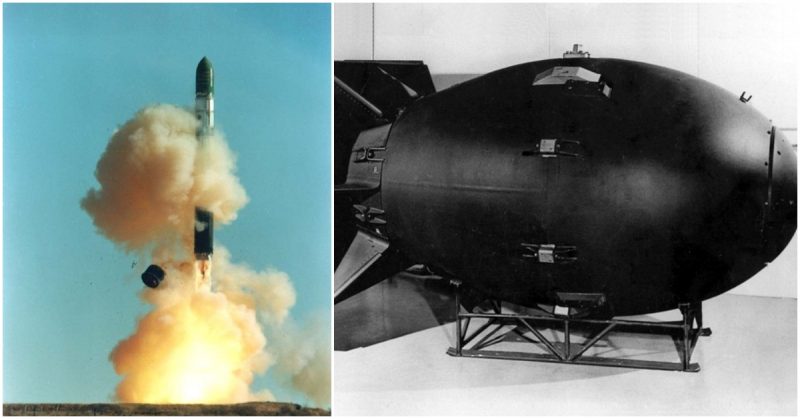An unusual release occurred recently when 250 previously classified videos were uploaded to YouTube. What makes these different is that they are all films of nuclear tests carried out by the US between 1945 and 1962.
This frightening glimpse into a world that few are privy to was enabled when the classified film was digitized and uploaded by the Lawrence Livermore National Laboratory (LLNL), situated in California.
The first batch of this type of video was released early in 2017 after a project team scoured the country looking for the old film that was used to capture images of the tests.
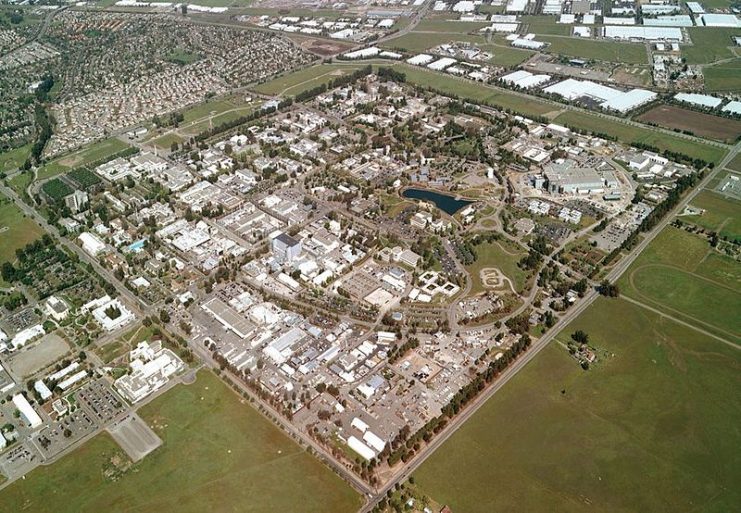
In the period between 1945 and 1962, the US conducted 210 atmospheric nuclear tests and used many cameras, shooting at 2,400 frames per second to capture the detail of the explosions.
Since the last of the explosions, the films have sat undisturbed in safes all over the country. But while lying in their canisters, they were also decaying, destroying the valuable images.
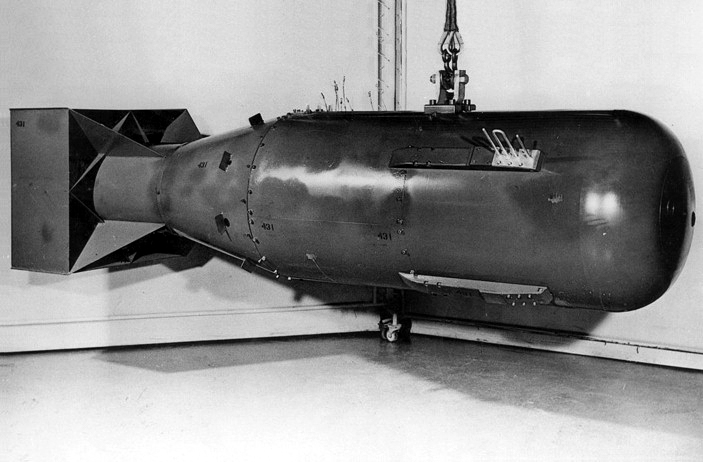
Weapons physicist, Greg Spriggs, led a team of film experts, historians, archivists, and software developers in a project designed to track down and declassify these films.
The aim of the project was not only to save the films but to provide essential data to those scientists who were never part of the original testing program and now use computer simulations to help in the certification of the aging US nuclear deterrent.
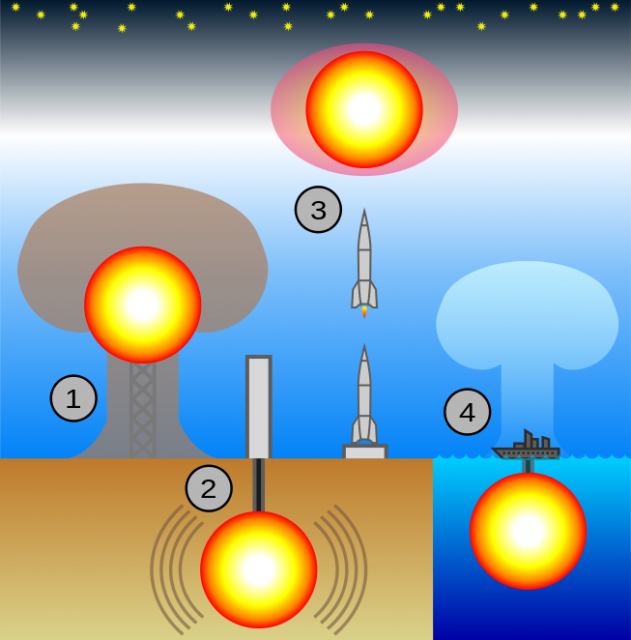
When scientists opened the cans the smell of vinegar was very prevalent. This acrid smell is a by-product of the deterioration of the film stock and an indication of how far the decomposition process had gone. Using sophisticated digitizing techniques, the film was preserved in a digital format so that the data will be forever available to those that need it.
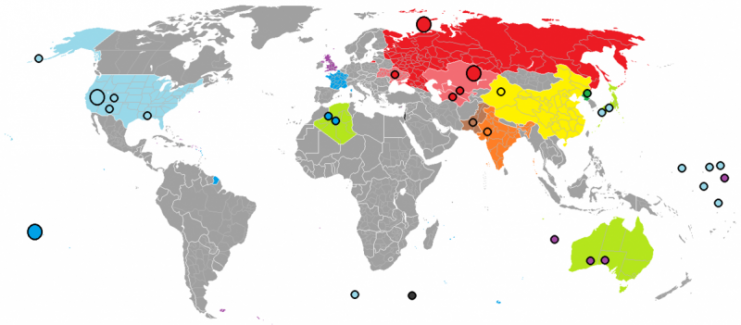
Here are just a few of the tests for which video was released this year.
Operation Dominic
This series of 31 tests with a total yield of 38.1 Megatons was conducted in 1962 in the Pacific Ocean around Johnston Island, Johnston Atoll, and Christmas Island. Most of the tests were performed with free-fall bombs dropped from B-52 bombers.
President John F Kennedy authorized this series of tests, the most extensive single testing program conducted by the USA, at the height of the Cold War. It was shortly after the Bay of Pigs Invasion, and when the Soviet Union announced the suspension of the moratorium on nuclear testing and had begun their testing program in September 1961, the Americans restarted their testing schedule with Operation Dominic.
Operation Teapot
This was a series of 14 nuclear tests undertaken in 1955 at the Nevada Test Site. The tests were aimed at improving America’s strategic nuclear weapon delivery methodology and to draft ground-force military tactics for use in a nuclear battlefield.
Operation Hardtack II
Operation hardtack II was conducted in 1958 and consisted of a series of 37 nuclear tests undertaken at the Nevada Test Site. American scientists were facing a nuclear testing moratorium, so they rushed as many new designs into testing as was possible.
The project plan shows that in October 1958, they conducted 29 tests with four being undertaken on the last day. After Hardtack II concluded, the Americans announced a testing moratorium which the Russians joined after completing their last tests in the first couple of days of November 1958. This moratorium was broken by the Russians in 1961.
Operation Sunbeam
Operation Sunbeam took place in 1962 at the Nevada Test Site and consisted of a series of four nuclear tests to assess the capability of small, tactical warheads. This was the last of the series of atmospheric tests conducted at the Nevada Test Site. After this test, all nuclear tests at Nevada were carried out underground.
Spriggs’ final word on the original release is just as valid today as it was a year ago:
“It’s just unbelievable how much energy’s released. We hope that we would never have to use a nuclear weapon ever again. I think that if we capture the history of this and show what the force of these weapons is and how much devastation they can wreak, then maybe people will be reluctant to use them.”
